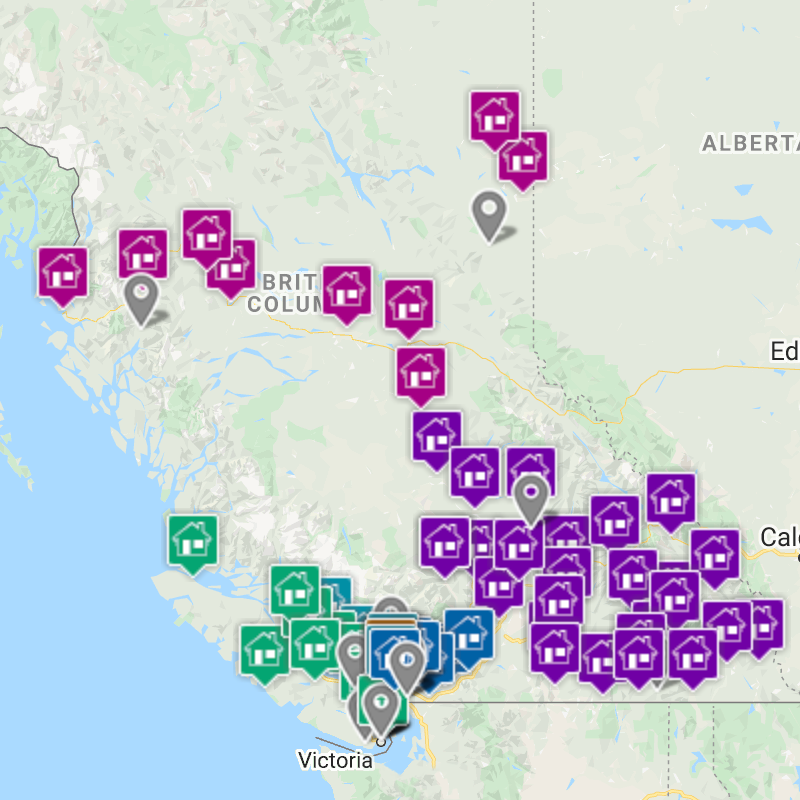NATIONAL BEREAVEMENT DAY


CHILDREN’S GRIEF AWARENESS DAY NOVEMBER 18th, 2021
November 18th is known internationally as Children’s Grief Awareness Day.
The blue butterfly represents hope and is used around the world to raise awareness for grieving children and youth who can be the ‘forgotten mourners’ when someone dies in their family. It is important to let them know we are here for them. In Canada, one child in 50 is bereaved.
NATIONAL BEREAVEMENT DAY NOVEMBER 16th, 2021
The third Tuesday in November marks the annual National Bereavement Day in Canada.
Bereavement refers to the time when a person experiences sadness after losing a loved one. On this day, BCHPCA encourages British Columbians and Yukoners to engage the government and all sectors in a provincial dialogue to identify and support access to the necessary resources for those living with grief and bereavement.
Share your stories on social media!
Challenge British Columbians and Yukoners to ask each other about their grief and bereavement, and share their stories.
Don’t forget to tag BCHPCA on Facebook (bchospice.palliativecare) and Twitter (@BCHPCA) and use the hashtags:
#Grief2021 #GriefJourney #SharedJourney #childrensgriefawarenessday #KidsGrief #BCHPCA
Canadian Hospice Palliative Care Association
Saying Goodbye Concert

Saying Goodbye is a national virtual and in-person concert on November 14 from 8 p.m. to 10 p.m. EST with performers from across each province and territory, held in honour and awareness of National Grief and Bereavement Day on November 16, 2021. BCHPCA supports this event.
Hosted by Tara Shannon, talent performing includes Johnny Reid, Gregory Charles, John McDermott, Michelle Wright, Fred Penner, Jenn Grant, Carolyn Dawn Johnson, Ray Legere and many more.
Saying Goodbye will provide a time and place to grieve for loved ones lost during COVID-19 as the pandemic prevented many from engaging in the usual process of letting go.
Tickets to the concert are free, donations are appreciated. Join us via Live stream, or in person at the National Arts Centre in Ottawa.
- Shock, disbelief, or denial
- Anxiety
- Distress
- Anger
- Periods of sadness
- Loss of sleep and loss of appetite
Mourning often goes along with grief. While grief is a personal experience and process, mourning is how grief and loss are shown in public. Mourning may involve religious beliefs or rituals and may be affected by our ethnic background and cultural customs. The rituals of mourning − seeing friends and family and preparing for the funeral and burial or final physical separation − often give some structure to the grieving process. Sometimes a sense of numbness lasts through these activities, leaving the person feeling as though they are just “going through the motions” of these rituals.






